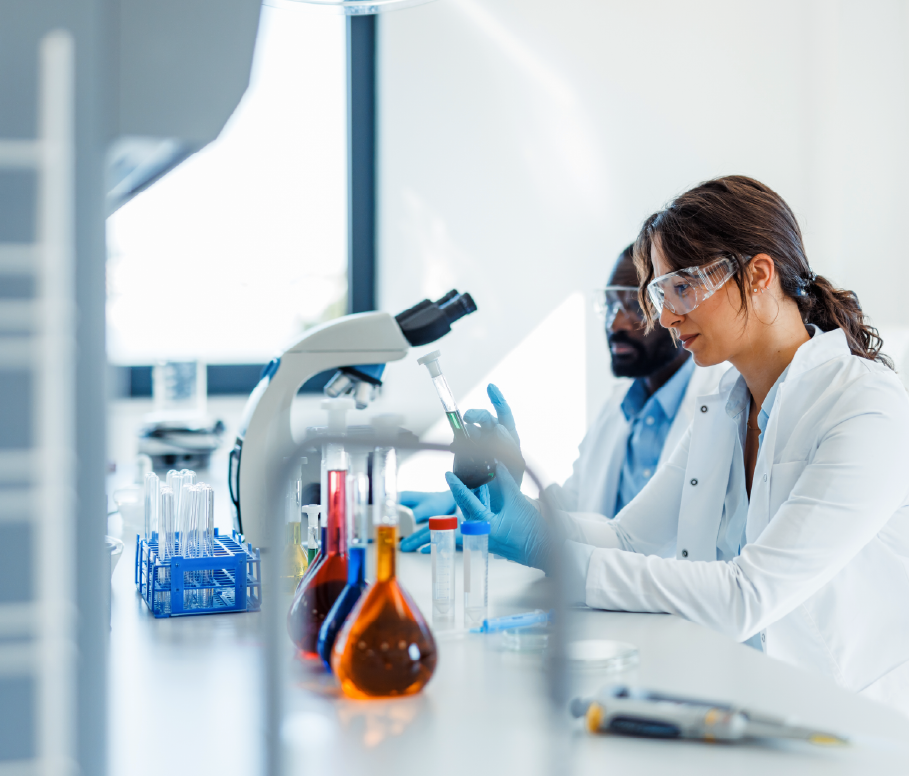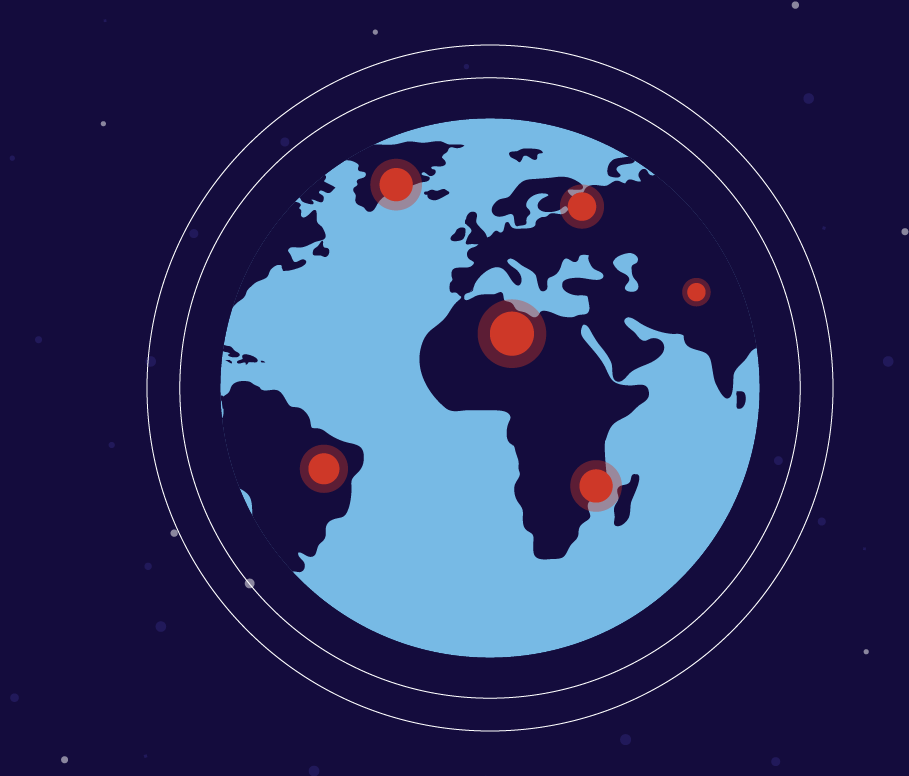Read the blog post that inspired this case study on the Innovate4Health website.
Protecting intellectual property encourages and incentivizes the discoveries and inventions that can provide much needed solutions to some of the most pressing global challenges. Innovative industries—from technology, to agriculture, to biopharma—have contributed to incredible breakthroughs that have changed lives for people worldwide and will continue to do so, so long as strong systems are in place to protect patents and other intellectual property rights. A recent improvement in Zika testing technology serves as a prime example of innovation’s potential to change lives and improve public health, globally.
Who: Nanobiosym
Challenge:
While diagnostic tests that detect Zika currently exist, they are in extremely high demand and thus relatively costly, making access and affordability especially problematic in less-developed countries. Further, in most cases, testing centers have to ship blood samples to outside labs and it can take weeks for results to come back. Because Zika can result in serious complications in pregnant women, and the disease is spread through sexual contact, an early diagnosis is particularly important.
Opportunity:
New technology capable of decentralizing and mobilizing testing could help speed diagnosis times, while also lowering costs. With its patented Gene-RADAR technology, Nanobiosym is working to achieve just that.
Hear from the creator of Gene-RADAR, Dr. Anita Goel, on the advances of this technology:
Results:
While Gene-RADAR is currently only authorized for Zika testing pursuant to an FDA Emergency Use Authorization, this technology and others have the potential to greatly improve the accessibility and affordability of Zika testing, worldwide:
- Gene-RADAR is tablet-sized (weighing only 3.5 pounds compared to the current technology that is 50+ pounds) and does not require running water, consistent electricity or highly-trained personnel to operate, which means diagnoses can be delivered in real time, at a lower cost.
- If this new technology is able to facilitate faster, more accurate diagnoses and reduce costs, more people will be able to get tested for Zika. Testing the greatest number of people possible—especially in high-risk areas—means the disease will be better monitored and better contained. If people are aware they are infected, there is less chance they infect other.
Gene-RADAR shows the power of innovation to greatly impact the lives of people worldwide. The realization of these types of groundbreaking solutions to real-world problems are possible because of patent protection and innovation ecosystems that reward the risky research and development process. By safeguarding patents and IP rights, we can ensure that innovation continues to thrive, bringing us new inventions and solutions to some of the greatest global challenges.


